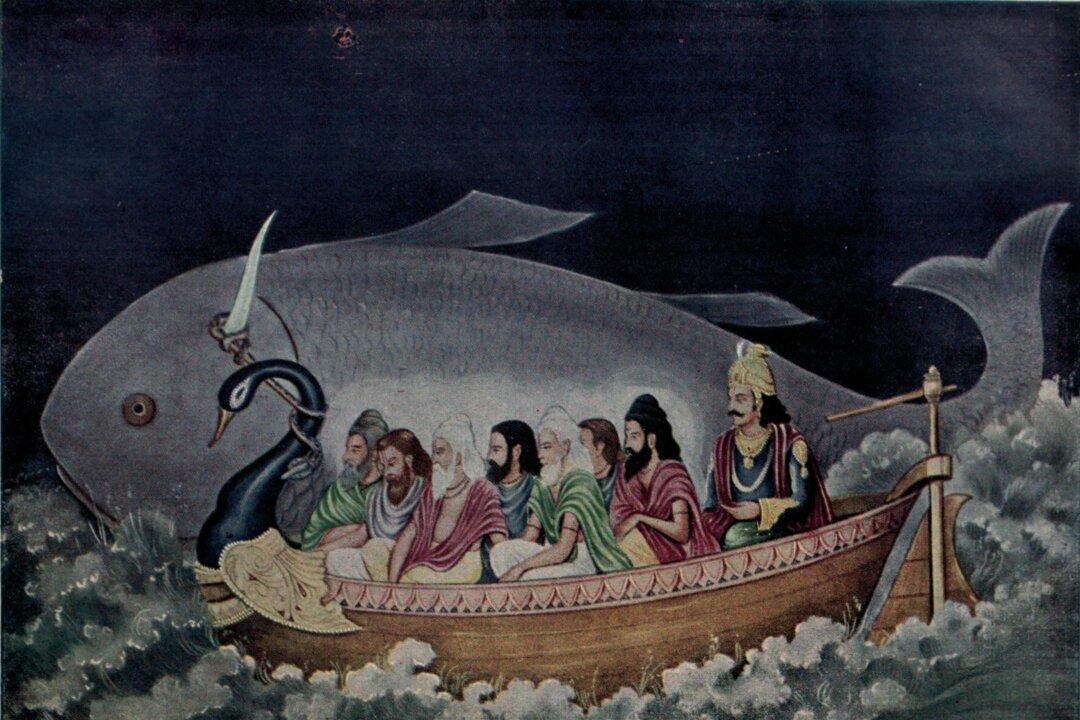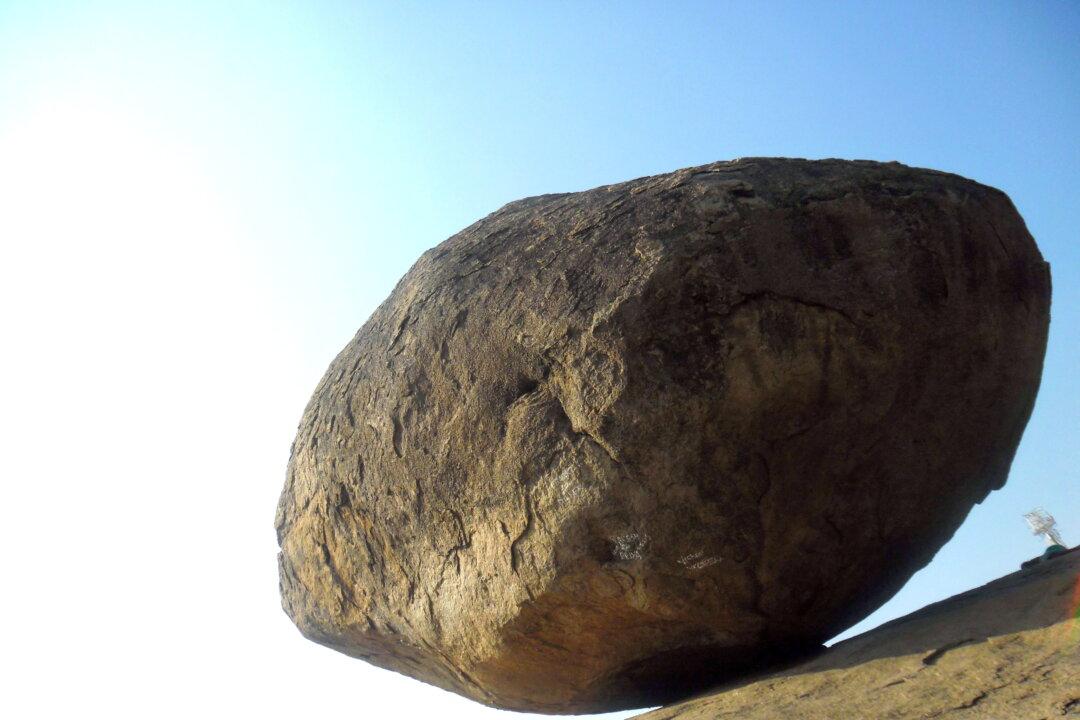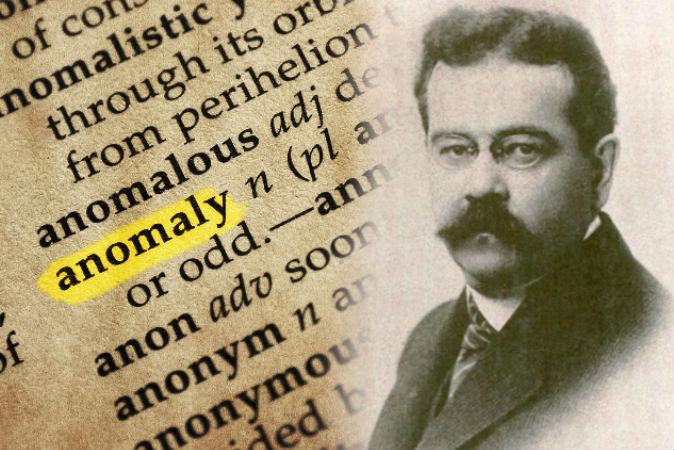In 1872, amateur Assyriologist George Smith made a discovery that would shock the world. While studying a particular tablet from the ancient Mesopotamian city of Nineveh, he came across a story that paralleled the story of Noah’s Ark from the Book of Genesis in the Bible’s Old Testament.
Today, we are aware that flood myths are found not only in Near Eastern societies, but also in many other ancient civilizations throughout the world. Accounts of a great deluge are recorded in ancient Sumerian tablets, the Deucalion in Greek mythology, the lore of the K‘iche’ and Maya peoples in Mesoamerica, the Gun-Yu myth of China, the stories of the Lac Courte Oreilles Ojibwa tribe of North America, and the stories of the Muisca people, to name but a few. One of the oldest and most interesting accounts originates in Hindu mythology, and while there are discrepancies, it does bear fascinating similarities to the story of Noah and his ark.





